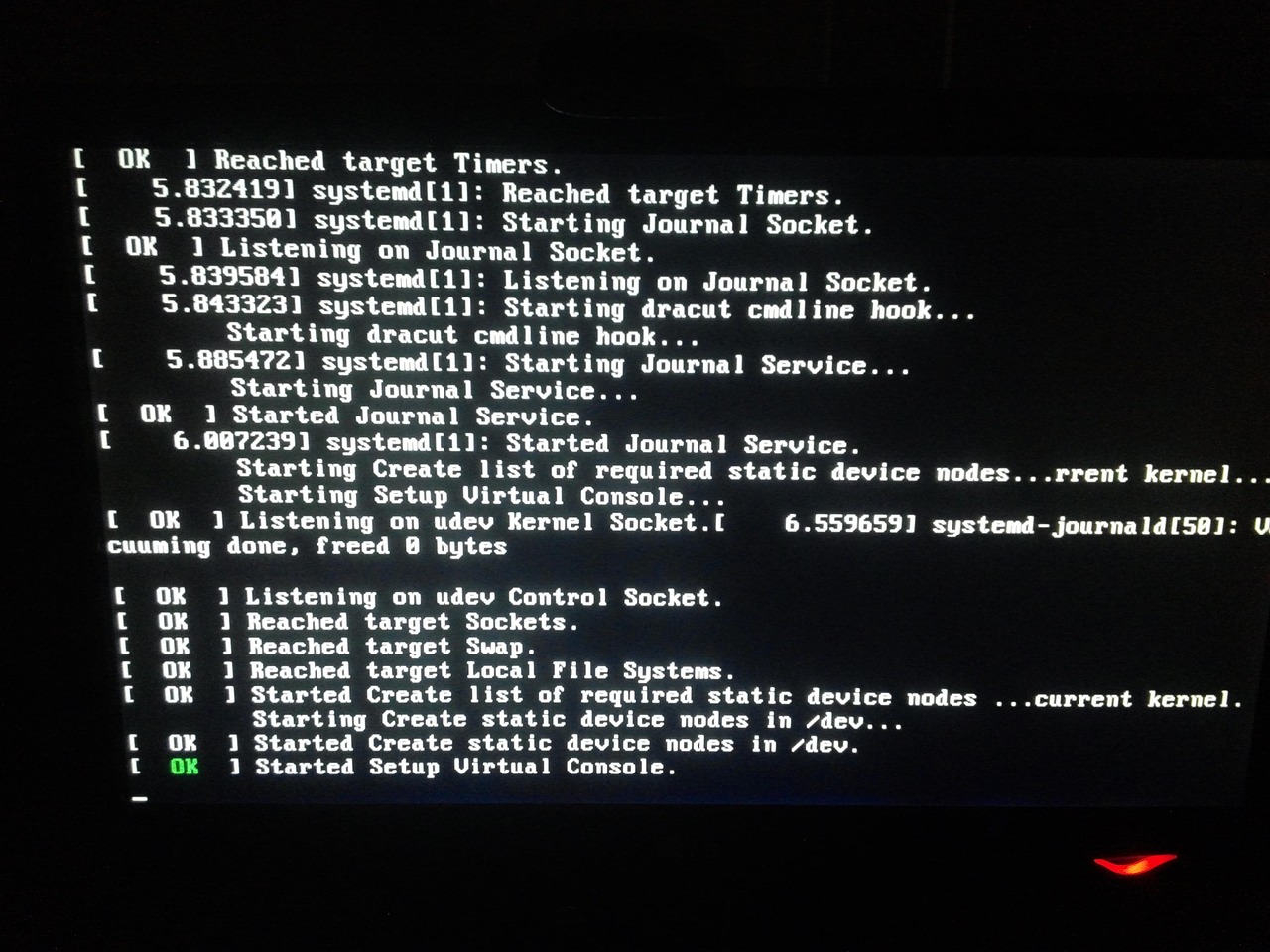Turning your regular computer into a web server using Linux might sound like something only tech experts can do, but it’s actually simpler than you’d expect. If you’ve got an old laptop or desktop lying around and you’re curious about how websites live on the internet, this could be a fun and educational project.
First, let’s break it down. A web server is just a computer that shows websites when someone asks for them. You type in a website address, your browser sends a request to a server somewhere in the world, and that server sends back the website. When you set up your own server, your computer becomes that “somewhere.”
To start, you’ll need to install Linux on your computer. Ubuntu is one of the friendliest options for beginners. It’s free, secure, and widely used, especially for web servers. You can download Ubuntu from its official website and follow a step-by-step guide to install it—there are plenty of beginner-friendly tutorials online.
Once Linux is up and running, the next step is installing a program that will handle website requests. The most common choice is Apache. It’s powerful, widely supported, and easy to use. All you have to do is open your terminal (which is like the command center in Linux) and type a simple command like sudo apt install apache2. That’s it—Apache will install and start running immediately.
When it’s installed, you can test it by opening your web browser and typing http://localhost. If you see a page that says “It works!”, congratulations—you’ve just created your own web server!
Now you can add your own website. Just place your website files—like HTML, images, and styles—into the folder /var/www/html, and they’ll show up when someone visits your server. At first, only you will be able to see the site unless you configure your network to let others connect. That involves setting up port forwarding on your router and maybe even using a dynamic DNS service if your home internet doesn’t have a static IP.
Of course, running a server from home has its limits—it’s not the same as using professional hosting, but it’s a fantastic way to learn how websites work behind the scenes. You can explore more features, like setting up PHP or a database, learning how to secure your server, or even running WordPress. What’s great is that Linux gives you full control, and it’s free to use.
In the end, making your own web server with Linux is like building your own mini internet corner. It teaches you how the web really works, and once you’ve done it once, it doesn’t seem nearly as mysterious anymore.

Comments are closed